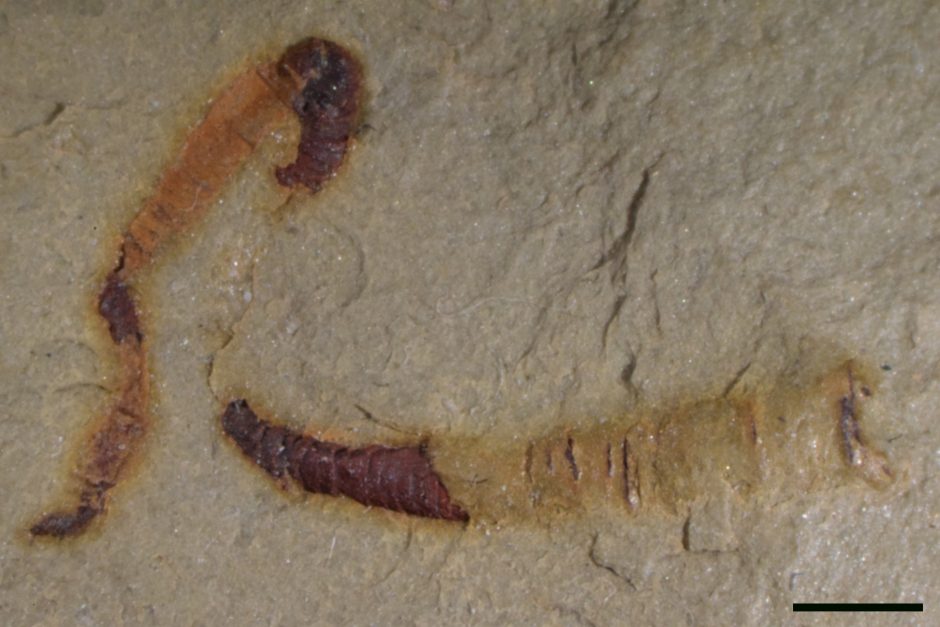The global lockdown that reduced human mobility during the pandemic has created a unique opportunity for researchers to study our impact on animals.
The worldwide study that is now underway with researchers from all over the globe is aimed at providing important insight into how humans and animals an share space on the crowded planet.
Over the past few months, many countries around the world went into lockdown to control the spread of COVID-19. Brought about by the most tragic circumstances, this period of unusually reduced human mobility — which researchers have coined ‘anthropause’ is set to gather data on human–wildlife interactions in the twenty-first century.
Anecdotal observations indicate that many animal species are enjoying the newly afforded peace and quiet, while others, surprisingly, seem to have come under increased pressure.
Coordinated global wildlife research during the anthropause will make contributions that go well beyond informing conservation science — it will challenge humanity to reconsider our future on Earth.
There will be unforeseen opportunities to reinvent the way we live our lives, and to forge a mutually beneficial coexistence with other species. The researchers hope that in the midst of the pandemic, there may be found innovative ways of reining in people’s increasingly expansive lifestyles, to rediscover how important a healthy environment is for well-being, and to replace a sense of owning with a sense of belonging.
We hope that people will choose to hear the wake-up call, wrote the group of scientists in an article published this week in Nature.
We noticed that people started referring to the lockdown period as the ‘Great Pause’, but felt that a more precise term would be helpful. We propose ‘anthropause’ to refer specifically to a considerable global slowing of modern human activities, notably travel. We are aware that the correct prefix is ‘anthropo-’ (for ‘human’) but opted for the shortened form, which is easier to remember and use, and where the missing ‘po’ is still echoed in the pronunciation of ‘pause’ (pɔːz).
At present, it is impossible to say which observations have been hyped by social media, and which expert predictions about global animal responses will hold true. But what is clear is that humans and wildlife have become more interdependent than ever before, and that now is the time to study this complex relationship. A quantitative scientific investigation is urgently needed, according to the scientists.
As expanding human populations are transforming environments at unprecedented rates, understanding the linkages between human and animal behaviour is of critical importance.
It s key to preserving global biodiversity, to maintaining the integrity of ecosystems, and to predicting global zoonoses and environmental change5. This knowledge is not only worth billions of dollars, but it is also vital for shaping a sustainable future. So far, however, researchers have had to rely predominantly on purely observational approaches.
Scientists have long sought to quantify how humans impact various aspects of animal biology, such as population levels, reproductive and mortality rates, movement and activity patterns, foraging behaviour, and stress responses.
Studies usually employ one of two main approaches — spatial comparisons or temporal analyses. The first involves comparing a species’ biology across areas that differ in human activity. Such differences occur, for example, along urban gradients, with increasing distance from coastlines, or between protected and unprotected areas. The second approach documents how animals respond to temporal changes in human activity in a given locality, which may be short-term (for example, holiday periods, or natural or human-made disasters) or longer-term (for example, changes in protection status, or land- or seascape modification through construction).
The reduction in human mobility on land and at sea during the anthropause is unparalleled in recent history.
Researchers seeking to measure human impact on wildlife often face a frustrating dilemma — they have high-quality data for their study animals, but only crude proxies of human activity.
Studies have used land-cover data, proximity to roads or settlements, or fishing vessels’ radar signals, to make inferences about human disturbance.
These metrics usually offer reasonable approximations, but in situ measurements — such as GPS tracking logs from mobile phones, traffic-flow measurements on land and at sea, and high-resolution satellite images — are required to capture the rapidly changing conditions under lockdown.
The scientists in their paper urge relevant stakeholders — including wildlife researchers, owners of high-quality human mobility data, experts on data confidentiality, and legislators — to form partnerships that facilitate investigations of anthropause impacts at the highest possible spatio-temporal resolution, in full compliance with the law.
Society’s priority must be to tackle the immense human tragedy and hardship caused by COVID-19. But we cannot afford to miss the opportunity to chart — for the first time on a global scale — the extent to which modern human mobility affects wildlife.




